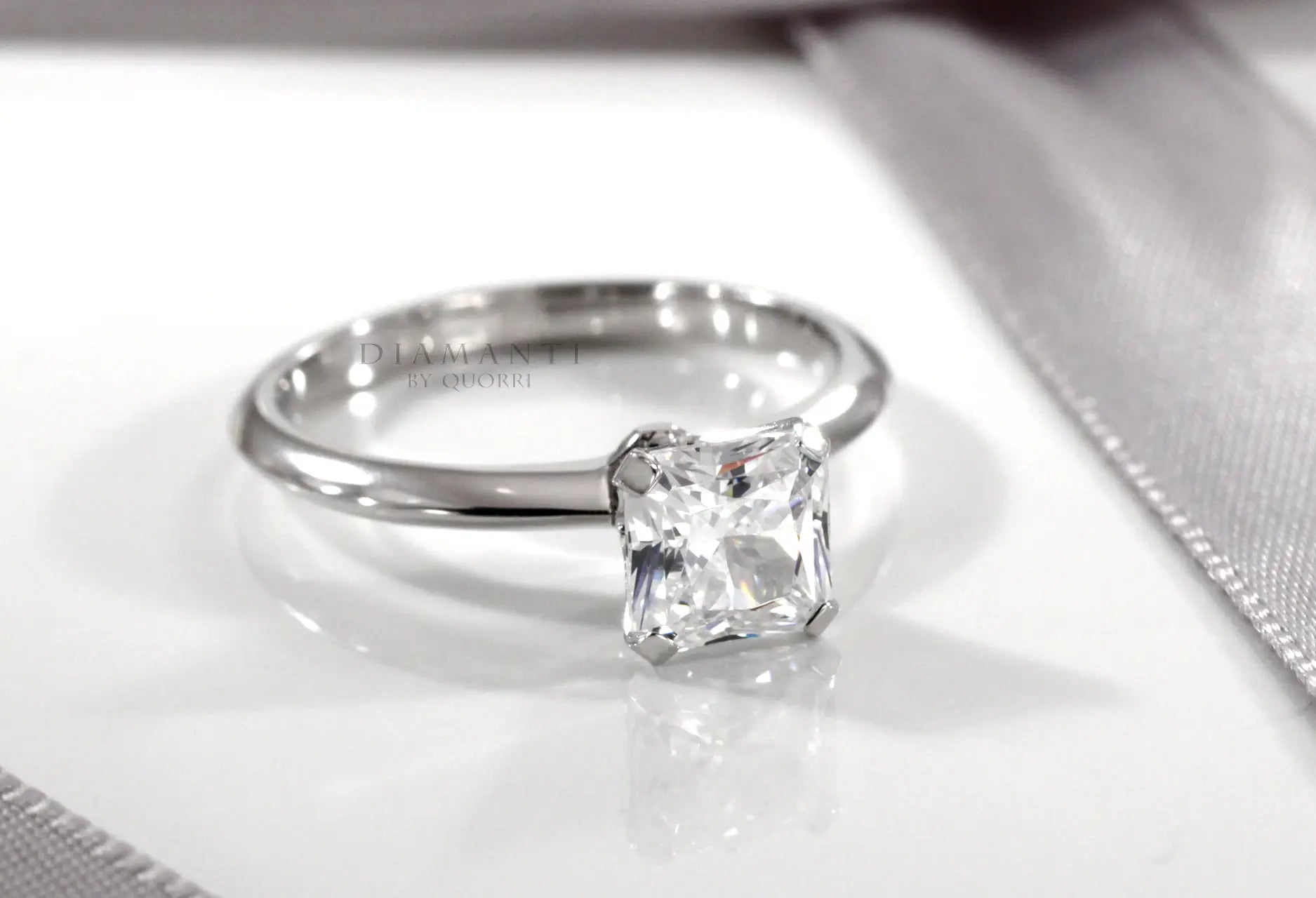
Engagement rings have long been symbols of love and commitment, but in the context of German royalty, these rings also represent the intricate tapestry of dynastic alliances and cultural heritage. From Bavaria to Prussia, the engagement rings worn by royals throughout history reflect not only personal affections but also the political strategies and familial ties that shaped Europe’s history. Each ring tells a story of its time, embodying the craftsmanship, artistry, and aspirations of the individuals who wore them.
In Bavaria, one of the most notable engagement rings belonged to Princess Therese of Bavaria, who became the Queen of Bavaria after her marriage to King Ludwig I. Her engagement ring featured a stunning sapphire, a stone often associated with nobility and virtue, surrounded by intricate gold work that showcased the skill of Bavarian jewelers. The choice of sapphire not only reflected the royal family’s status but also symbolized fidelity and commitment. This ring, while beautiful, also marked a significant political union that strengthened Bavaria’s influence within the German states.
Moving north to Prussia, engagement rings took on a different character, often reflecting the militaristic and regal traditions of the Prussian court. A prime example is the engagement ring of Princess Augusta of Saxe-Weimar, who married Frederick III of Germany. Her ring, featuring a magnificent diamond, was emblematic of the wealth and power of the Prussian dynasty. Diamonds, representing strength and eternal love, were a fitting choice for a royal marriage that aimed to solidify alliances within the German Empire. The ring’s design showcased the blend of opulence and formality that characterized Prussian royal jewelry during the late 19th century.
The transition from Bavaria to Prussia also highlights the influence of various artistic movements on the designs of engagement rings. The Romantic period, for instance, saw a revival of medieval styles, which was reflected in the intricate details of engagement rings. The rings of this era often featured elaborate engravings and motifs inspired by nature, such as vines and flowers. This style was particularly evident in the engagement ring of Crown Princess Victoria of Prussia, later Queen Victoria of Germany, whose ring combined elements of the traditional with the romantic, creating a timeless piece that captured the spirit of its time.
One cannot overlook the engagement rings associated with the House of Hohenzollern, the ruling dynasty of Prussia. Engagement rings from this lineage often featured lavish designs that incorporated a variety of gemstones, symbolizing the wealth and prestige of the family. The engagement ring of Princess Victoria Louise of Prussia, for example, included a stunning array of diamonds and emeralds, each chosen not just for their beauty but also for their significance. Emeralds symbolize rebirth and love, making them a perfect addition to a royal engagement ring. This ring was a celebration of love, ambition, and the hopes that came with royal marriage.
The intermarriages among European royal families further influenced the designs of engagement rings. The exchange of engagement rings often served as a means to cement alliances and reflect shared cultural values. When Princess Alice of the United Kingdom married Louis IV, Grand Duke of Hesse, her engagement ring featured a combination of sapphires and diamonds, which showcased both British and German influences. The ring not only represented Alice’s love for Louis but also symbolized the unity between two powerful royal families.
As we look at the engagement rings from these dynasties, it becomes evident that they are much more than just beautiful adornments. They encapsulate the stories of dynastic ambitions, personal sacrifices, and the complex nature of love within the constraints of royal expectations. Many of these rings have been passed down through generations, becoming treasured family heirlooms that carry the weight of history.
In contemporary times, the legacy of these royal engagement rings continues to inspire modern designs. Jewelers often draw upon the rich history and artistic styles of these pieces to create rings that reflect both tradition and innovation. The fascination with royal jewelry has led to a resurgence of interest in vintage styles, with couples seeking engagement rings that embody the grandeur and romance of the past.
In conclusion, the engagement rings from Bavaria to Prussia represent a fascinating journey through German history, reflecting the complexities of love, politics, and artistry. Each ring tells a story that transcends time, connecting past and present, and embodying the royal legacies that continue to captivate us today. From the intricate designs of Bavarian jewels to the opulent creations of Prussian royalty, these engagement rings remain enduring symbols of commitment and heritage, forever etched in the annals of history.
